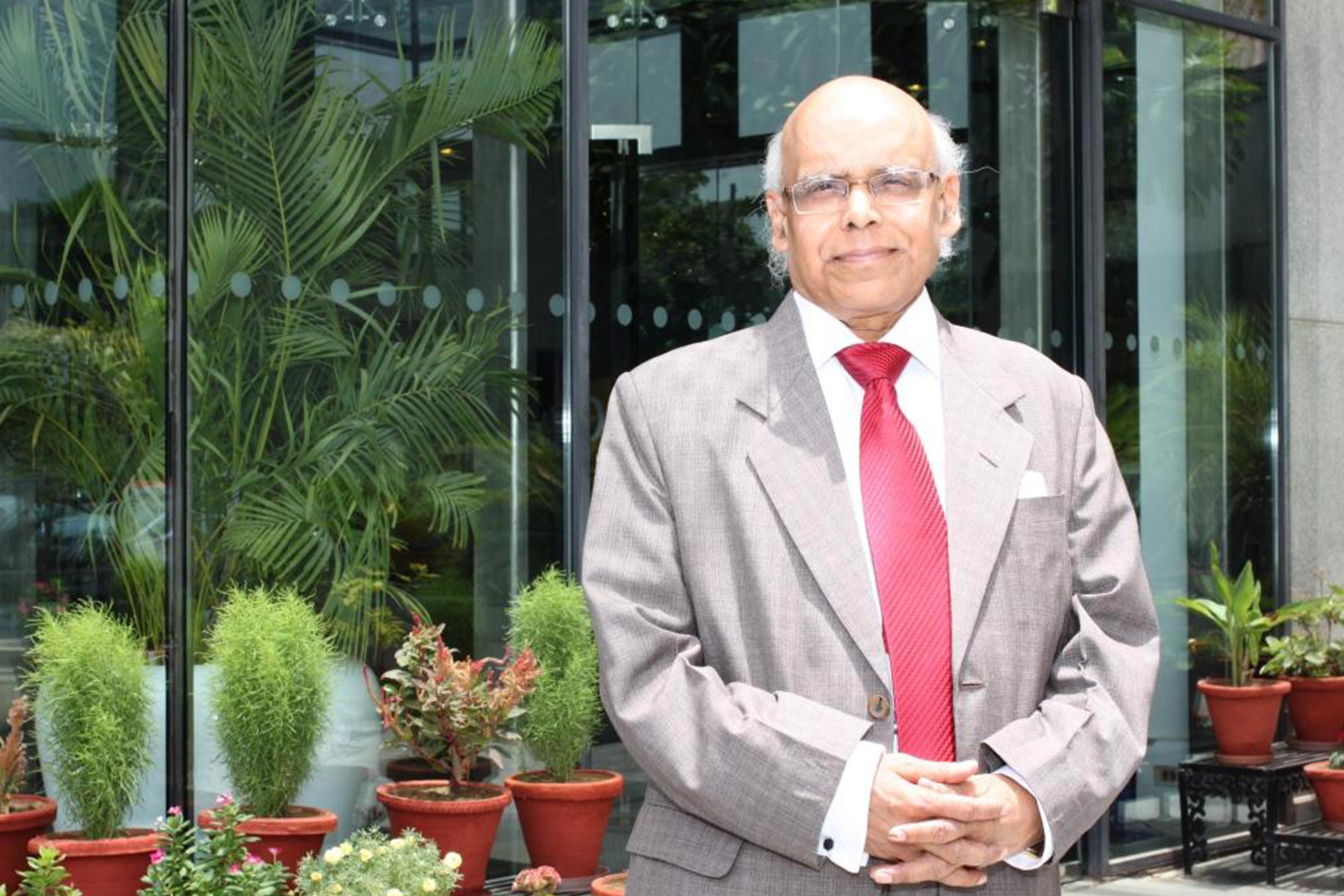EY refers to the global organization, and may refer to one or more, of the member firms of Ernst & Young Global Limited, each of which is a separate legal entity. Ernst & Young Global Limited, a UK company limited by guarantee, does not provide services to clients.
How EY can help
-
EY India provides expert tax policy advisory services, offering insights and strategies to navigate complex tax regulations and drive business growth.
Read more
How should policies be calibrated to optimize growth?
The emerging state-wise population patterns call for a careful calibration of policy initiatives, relating especially to education, health, and infrastructure for maximizing India’s longer-term growth.
- The central government may give higher priority to education, training, and skilling up to the late 2030s after which health expenditures may be accorded higher priority.
- Both central and state governments should focus on training, educating and skilling the female population.
- The central government may give higher priority to urbanization in states which are lagging in this respect, such as Himachal Pradesh, Bihar and Assam.
- States with a relatively high share of W1 (16-39 years) need to prioritize expenditure on training and upskilling of their young working age persons.
- States with a relatively higher share of W2 (40-64 years) should devise schemes to incentivize their households to increase financial savings.
- States with a higher share of D1 (0-15 years) should allocate relatively more on education in the next few decades, slowly shifting the emphasis towards health expenditure.
- States with a relatively higher share of D2 (65 years and above) need to prioritize their government health expenditure focused on geriatric diseases.




